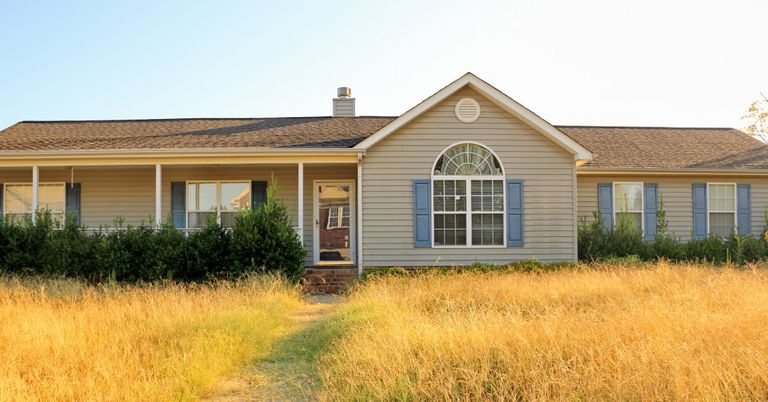Revitalizing the Forgotten: The Strategic Guide to Investing in Abandoned Properties

In the vast landscape of real estate investment, abandoned properties represent a frontier of opportunity for the astute investor. These neglected assets, often overlooked by traditional buyers, offer a unique blend of challenges and rewards.
From historic urban buildings craving a second life to rural retreats hidden away from the bustling world, the potential for transformation and profit is immense.
This comprehensive guide explores the journey of investing in abandoned properties, spotlighting the pathways to discovery, the diversity of investment-ready properties, and the inspiring stories of successful revitalizations.
Related Topics (Sponsored Ads):
Navigating the Path to Hidden Gems
The quest for abandoned property investments begins with knowing where to unearth these hidden gems. Several key resources provide gateways to potential opportunities:
Foreclosure and Bank-Owned Property Platforms: Digital databases like RealtyTrac and Auction.com offer extensive listings of foreclosed and bank-owned properties nationwide, serving as a primary resource for investors seeking to tap into this market.
Government-Seized Property Auctions: Federal agencies, including the HUD and GSA, auction off properties seized due to various reasons, ranging from tax liens to criminal forfeitures, presenting unique opportunities for investors.
Local Government and Tax Authority Auctions: Municipalities and counties frequently auction properties that have fallen into tax delinquency, often at prices well below market value, offering a fertile ground for investors willing to navigate the local bureaucratic landscape.
Commercial Real Estate Marketplaces: For those eyeing commercial or industrial opportunities, platforms like LoopNet provide a specialized focus on properties that offer the potential for substantial redevelopment and repurposing.
The Spectrum of Investment Opportunities
Abandoned properties come in all shapes and sizes, each with its own story and potential for a prosperous future. Here's a closer look at the types of properties ripe for investment:
Urban Renewal Candidates: Historic buildings in cities undergoing revitalization, such as Detroit, MI, or Cleveland, OH, present opportunities to contribute to the urban fabric with mixed-use developments, artist lofts, or boutique hotels.
Rural and Agrarian Projects: The pastoral charm of abandoned farms or rural estates can be transformed into luxury retreats, agritourism sites, or sustainable living communities, blending rural tranquility with profitable ventures.
Industrial and Commercial Revamps: The raw, expansive spaces of warehouses and factories in post-industrial cities offer a canvas for creative redevelopment into residential units, co-working spaces, or retail and entertainment complexes.
Hospitality Reimaginations: Coastal motels or country inns, particularly in regions with seasonal tourism, hold the potential for transformation into sought-after boutique accommodations or wellness retreats.
Related Topics (Sponsored Ads):
Success Stories: Transformations That Inspire
The journey from abandoned to revitalized is fraught with challenges, yet the rewards can be significant. These success stories not only serve as inspiration but also as tangible proof of the potential lying in wait within these forgotten properties:
The Battery in San Francisco, CA: Once a derelict maritime building, it has been transformed into an exclusive private club and hotel, blending luxury with historical preservation.
The Pearl Brewery in San Antonio, TX: This former brewery has become a vibrant mixed-use space, featuring dining, retail, and residential units, spearheading the revitalization of the surrounding area.
The Plant in Chicago, IL: An old meatpacking plant converted into a self-sustaining vertical farm and food business incubator, showcasing the potential for green and community-focused redevelopment.
